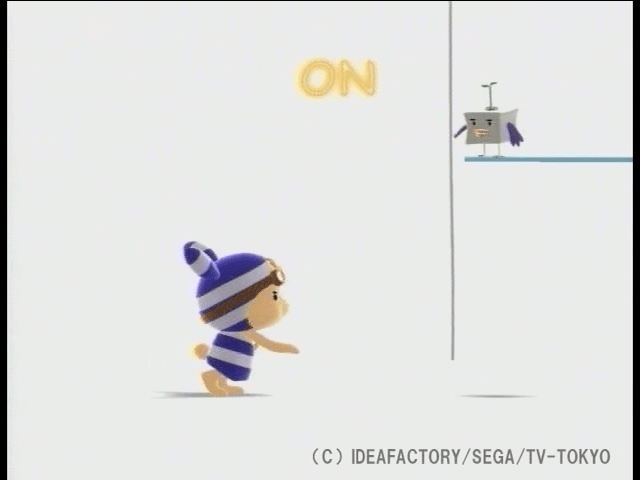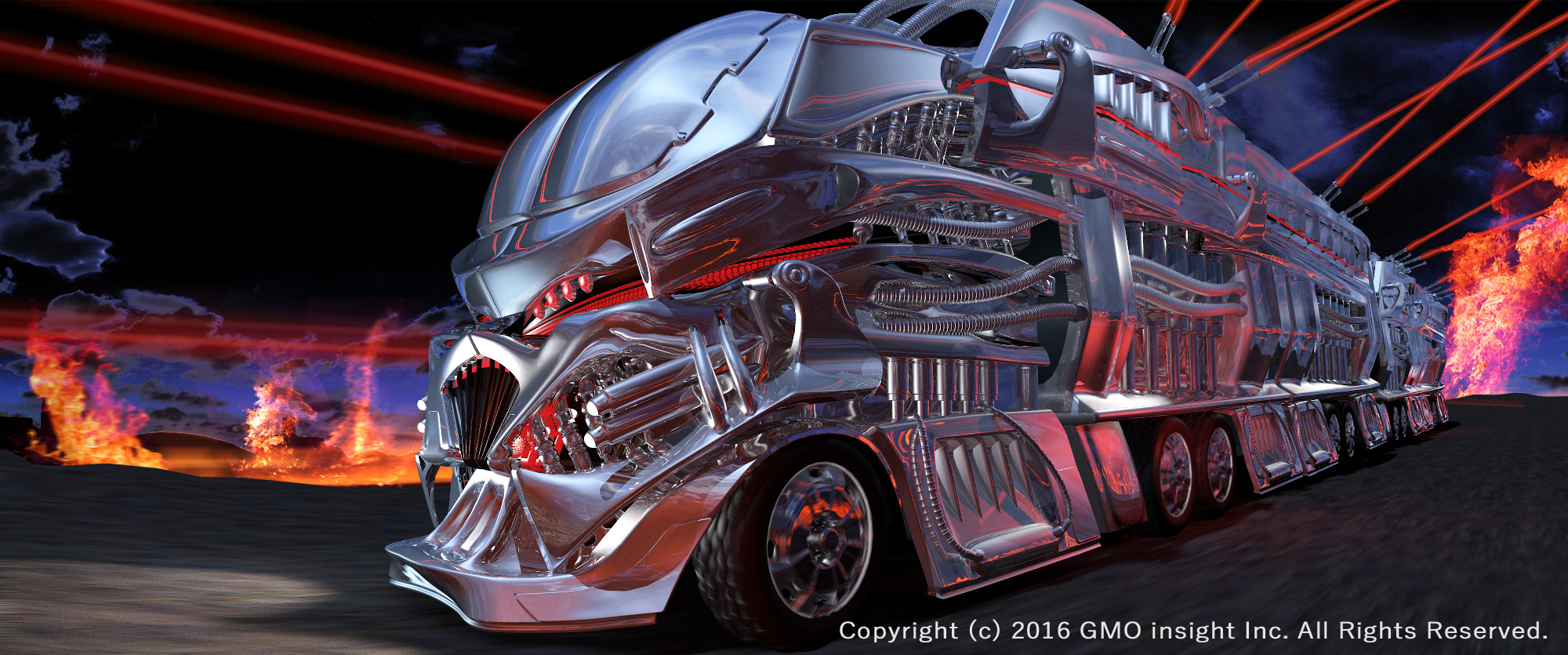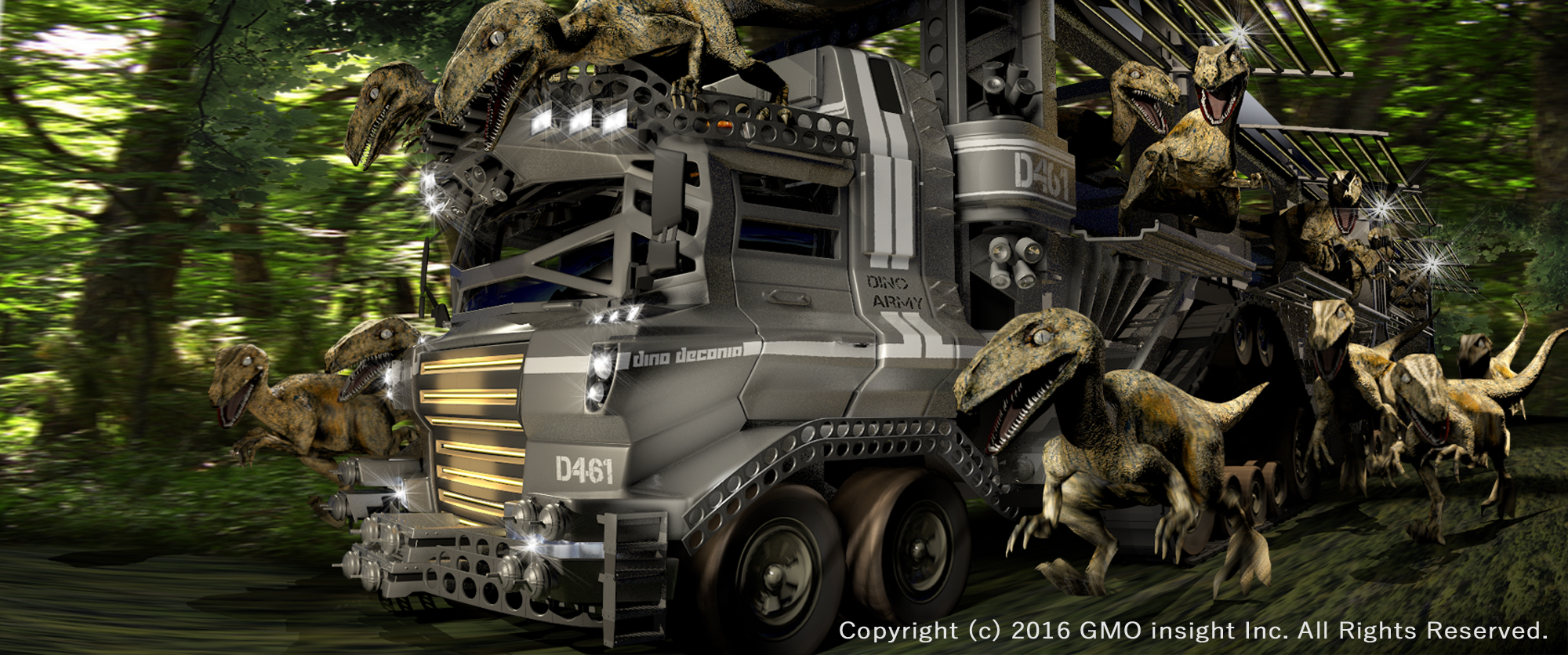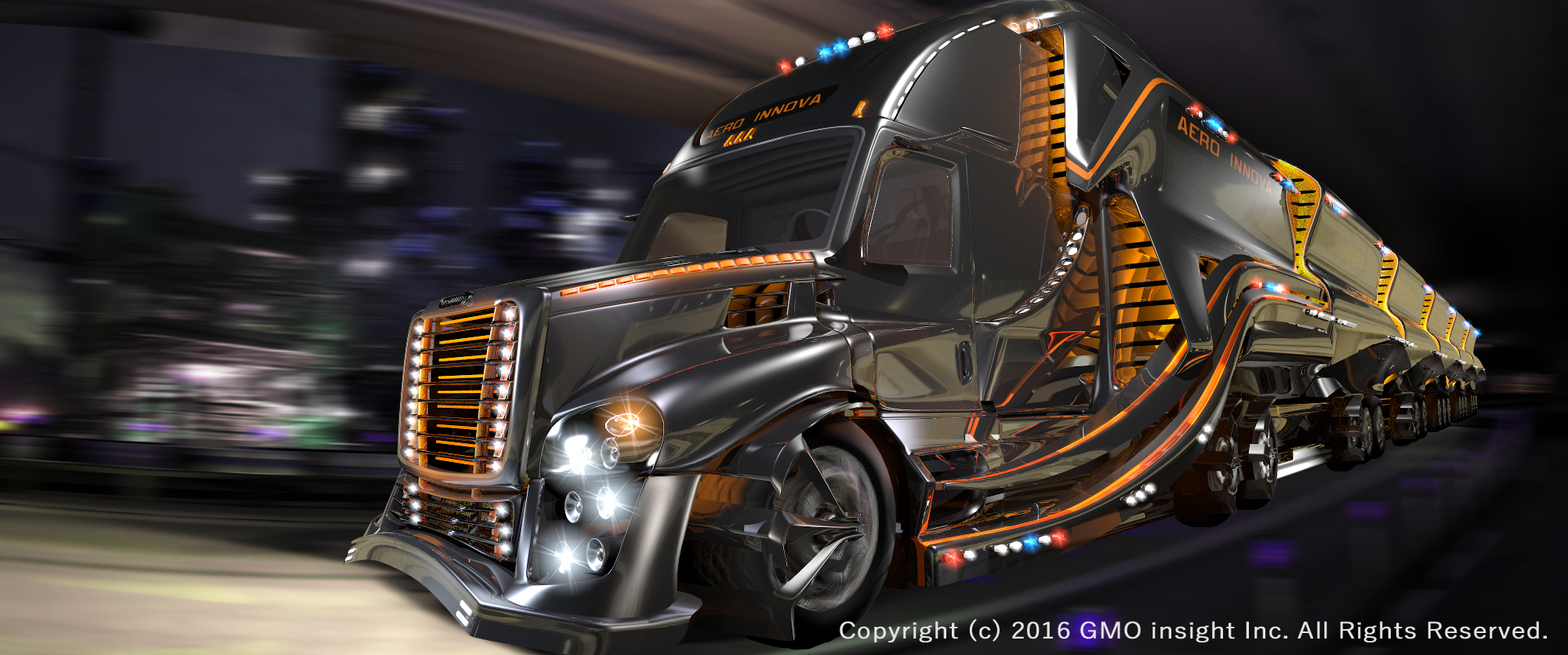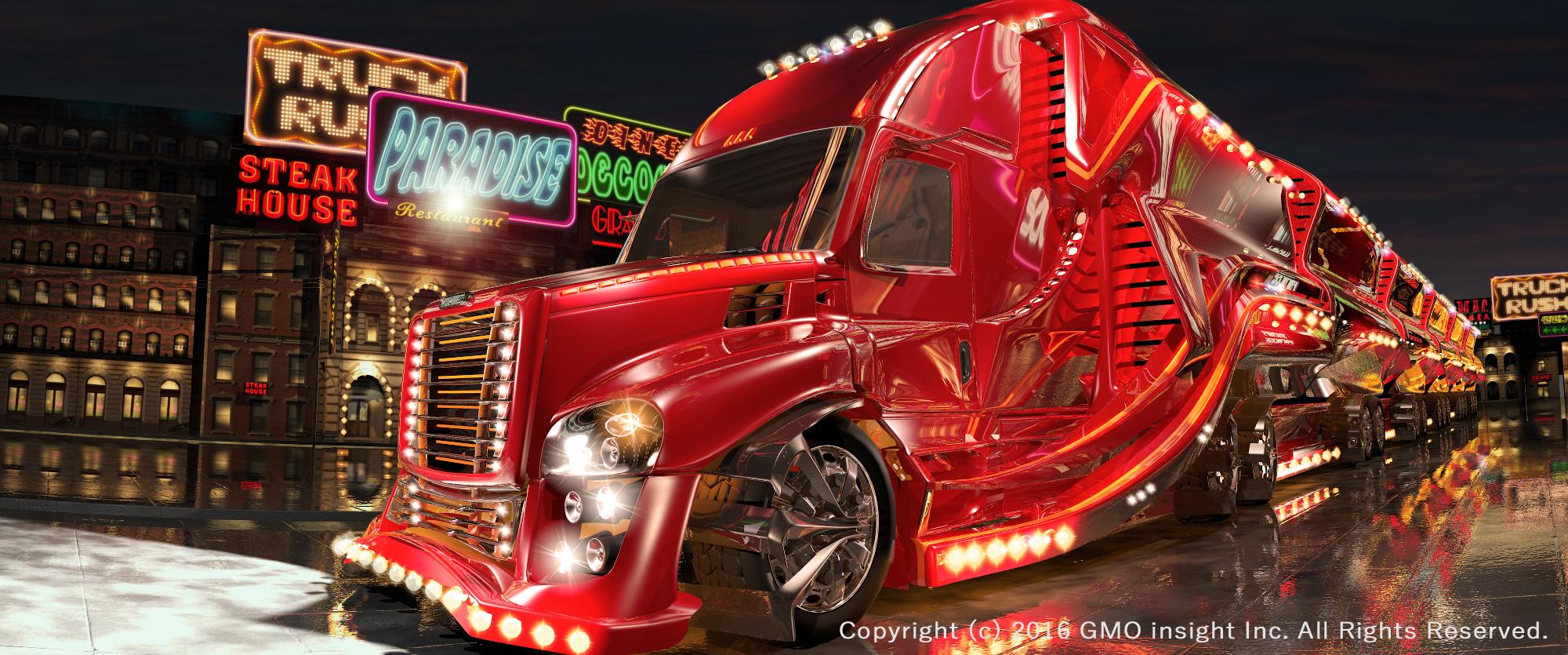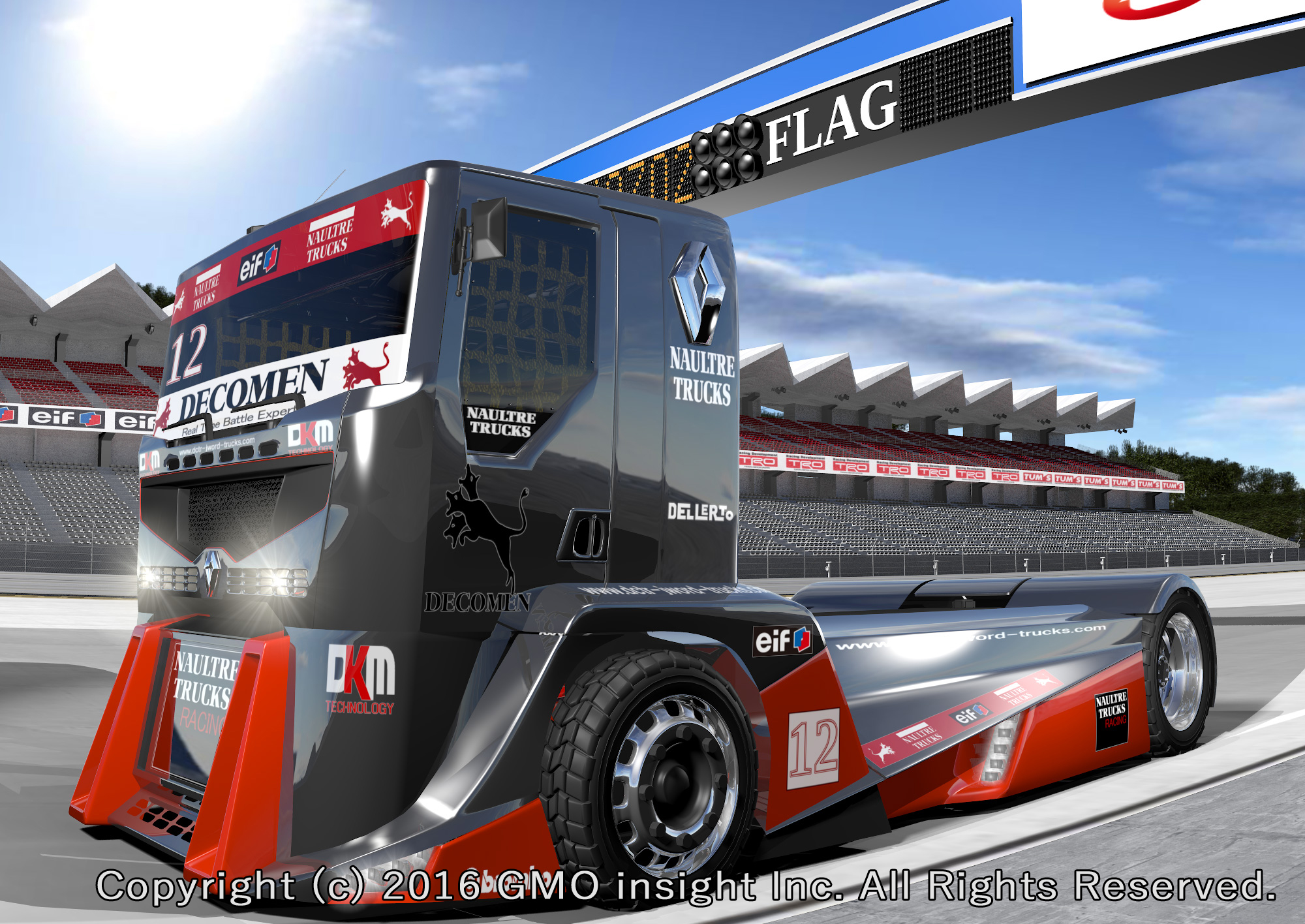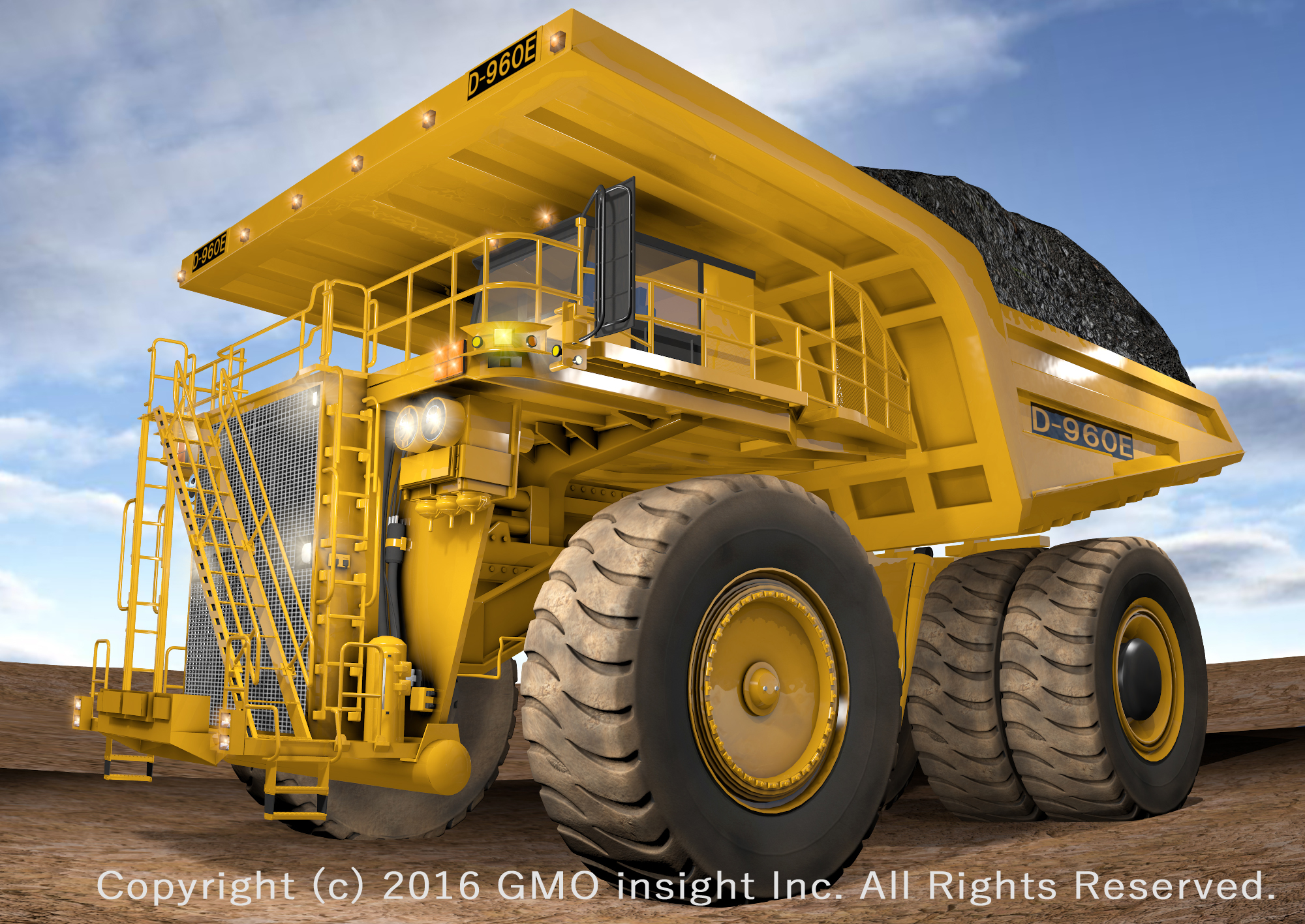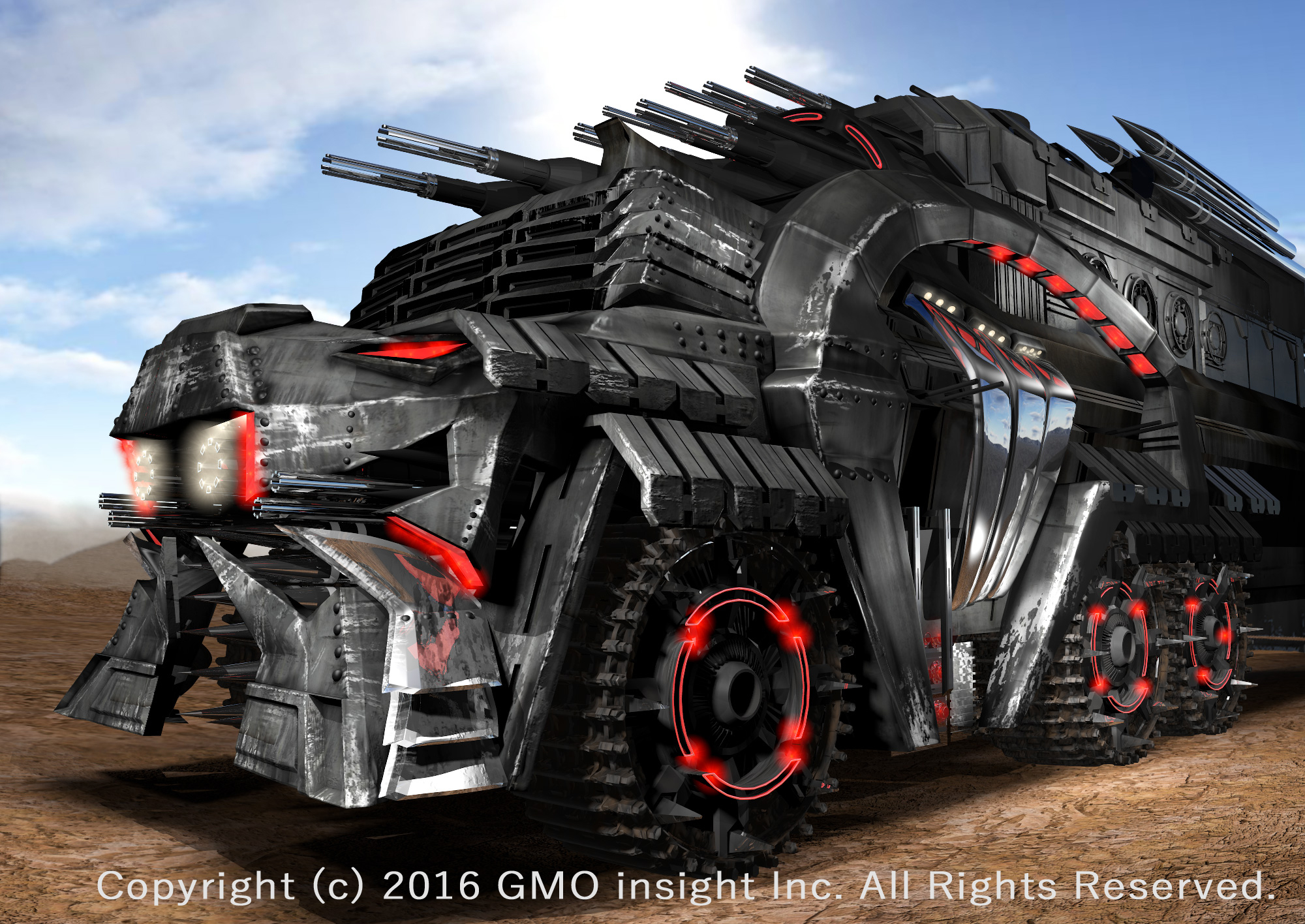Animanium on Blender
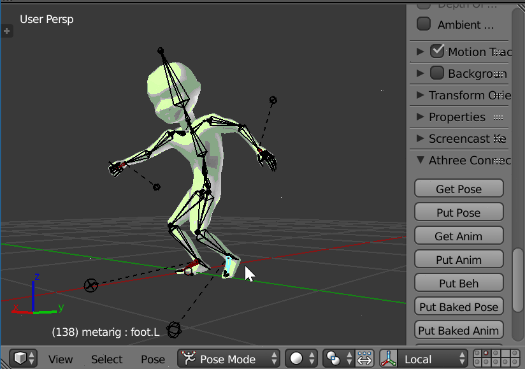
SEGA Animanium (Blender version)
bahrain racetruck
cyberdyne
jurassic scania
aero innova
aero innova red
mad-comboy orange
naultre
gigant
deconia space
devil
“Puzzlies” (2004)
“Puzzlies” (2004) A short 3DCG animation series for young children, produced for the English-learning TV program on Kids Station. All 13 episodes (each 45 seconds) were fully produced by the author alone, covering the entire 3DCG pipeline. Modeling and rendering were done using 3ds Max, and all animation was created using Sega’s in-house tool,SEGA Animanium. Character design and rough storyboards were provided by Telecom Animation Film (now TMS Entertainment). Each episode featured an English word of the day (e.g., Fly, Jump, Slip), and the character interactions and dances were created improvisationally based on the theme.
"Puzzlies"
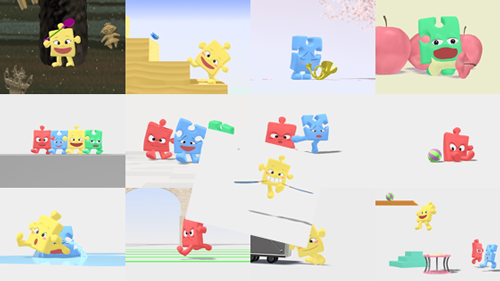
Suntory "Beer Ginjo" (15") TV Commercial (1991)
A TV commercial for a new product featuring two major rookie stars of the time—Hideo Nomo and Kazuyoshi Miura. By layering multiple ball models and morphing them, we expressed a ball flying toward the viewer. At that time, the renderer did not support motion blur, so this was a desperate workaround. Back then, it was routine for designers to creatively overcome technical limitations without waiting for features to be implemented.
Suntory "Beer Ginjo" (15") TV Commercial (1991)
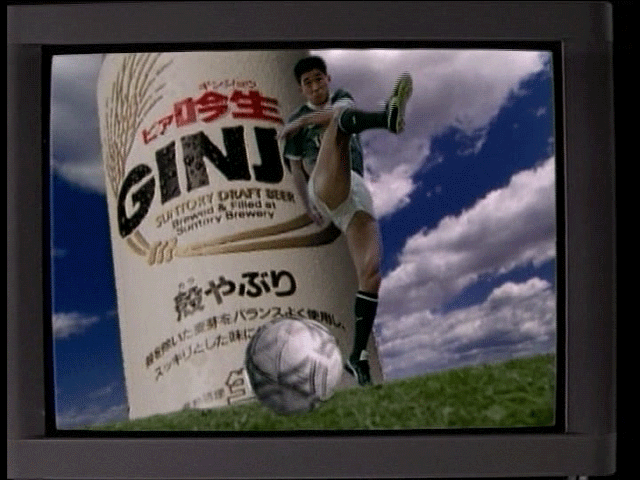
Suntory "Beer Ginjo" (15") TV Commercial (1991)
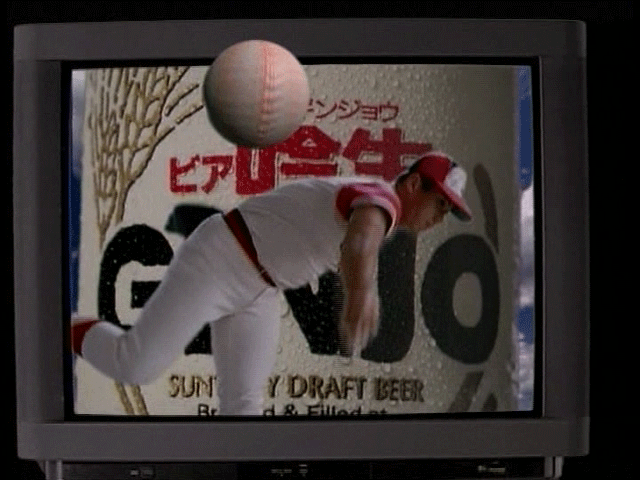
Shiseido "Furorin Active" (15") TV Commercial (1990)
Shiseido "Florin Shampoo/Rinse" (15") TV Commercial (1990)
The original renderer developed by Links Inc. had a major strength: "Metaballs".
Metaball effects were frequently used in early 1990s commercials.
In this project, we took it a step further by attempting to morph metaballs—i.e., implicit surfaces—into polygonal bottle models.
As the bottle moved into the background, a brief dissolve transition swapped the two, creating the effect of the bottle separating into droplets made of metaballs.
Shiseido "Furorin Active" (15") TV Commercial (1990) - 1
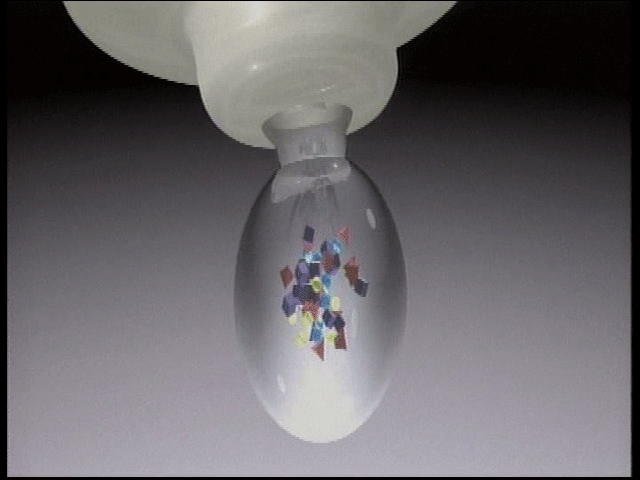
Shiseido "Furorin Active" (15") TV Commercial (1990) - 2
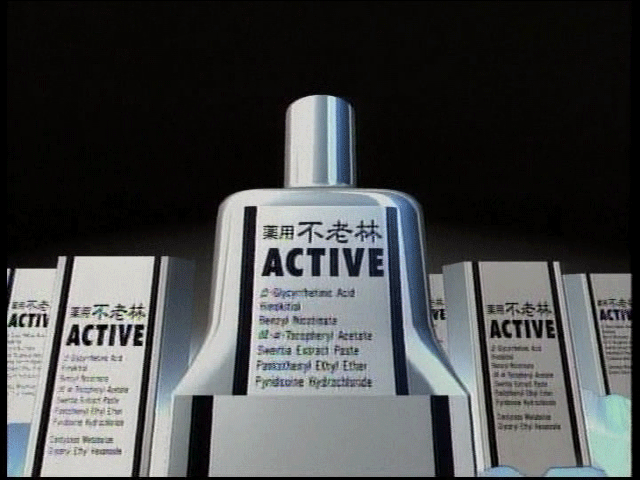
Shiseido "Florin Shampoo/Rinse" (15") TV Commercial (1990) - 3

Shiseido "Florin Shampoo/Rinse" (15") TV Commercial (1990) - 4
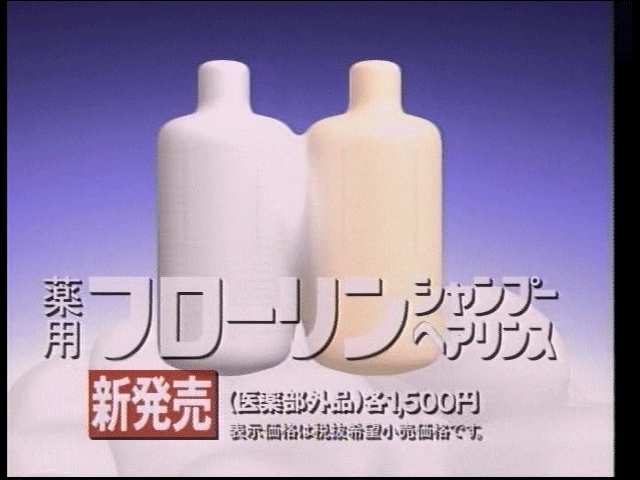
Shiseido "Protea" TV Commercial (1991)
The technique used in the "Florin Shampoo/Rinse" commercial was adapted for another product.
Shiseido "Protea" TV Commercial (1991) - 1
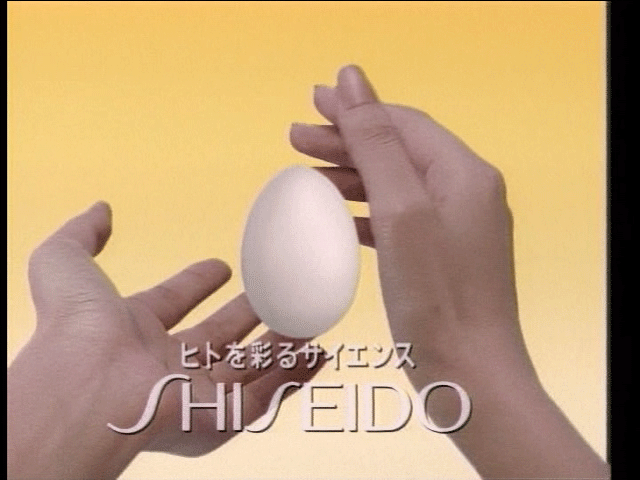
Shiseido "Protea" TV Commercial (1991) - 2

Shiseido "Whitus Essence" TV Commercial (1990)
At Links Corporation, when producing commercials of this scale (around 15 seconds), it's typical for two people—a master and an apprentice—to work as a team. It's what you might call the "master and padawan" style. This was the first production where I had a padawan of my own. I owe a lot to my apprentice, who was the same age as me and a fellow art school graduate—exceptionally talented and a huge help. Truly grateful.
Shiseido "Whitess Essence" TV Commercial (1990)

Clinique TV Commercial (1991)
A standout commercial by my master during my days as a padawan. With no wasted effort or excess, the master’s superb parameters yielded the best possible imagery. Amidst that pressure, I was entrusted with the small yellow bottle on the right. Alongside many valuable techniques I learned from my master, this piece also engraved into my memory the long product name: “Dramatically Different Moisturizing Lotion.”
Clinique TV Commercial (1991) - 1
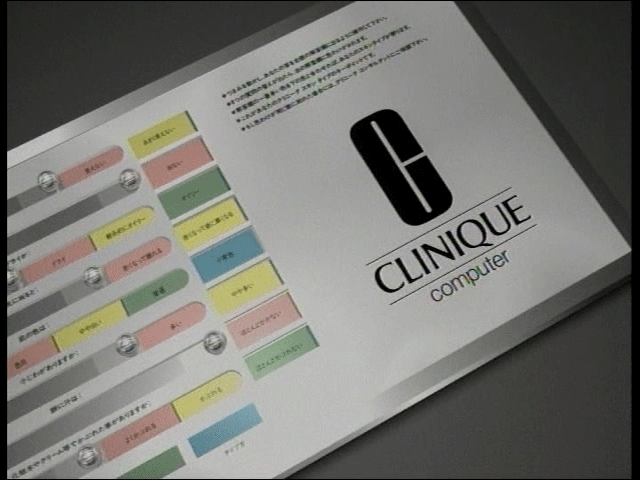
Clinique TV Commercial (1991) - 2
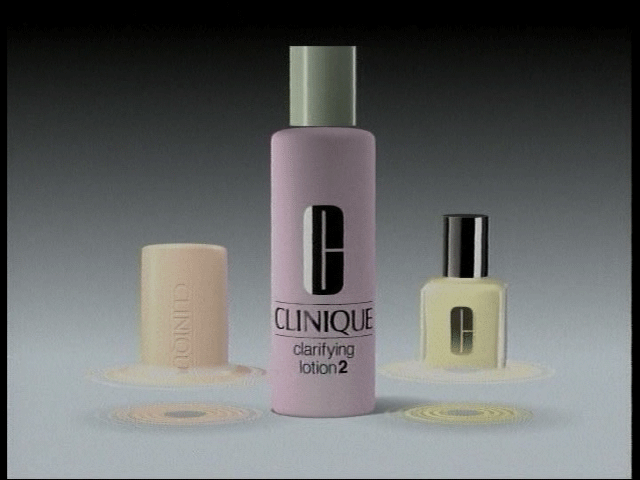
Panasonic “High Vision” TV Commercial (1991)
This was the first project I handled design-wise entirely on my own—under the powerful pressure of my master’s warm yet watchful gaze. As the title suggests, it was the first time we produced in HD resolution, and I quickly realized that the long rendering times left no room for retakes. From this point on, I developed an instinct for calculating polygon counts, light sources, and production schedules.
*At the time, rendering a single NTSC-resolution frame took about 15–30 minutes. HD resolution required two to four times as long.
Panasonic “High Vision” TV Commercial (1991)
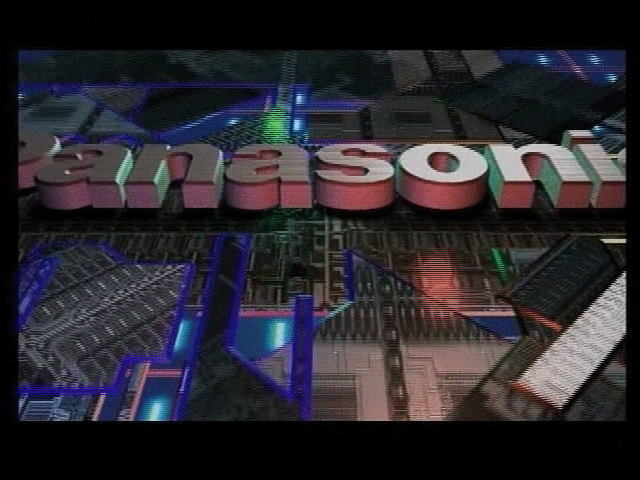
JACCS “Corporate CI” TV Commercial (2.5", 1.5") (1990)
At the time, film delivery for theatrical screenings was a regular part of production. I still vividly remember my master adjusting the gamma of the gray curve during each rush screening. This project gave me a glimpse into the world of crafting overall tonal balance in an image.
JACCS “Corporate CI” TV Commercial (1990)

Honda Verno “Corporate CI” TV Commercial (2.5", 1.5") (1991)
This project was brought to us after a CI video produced by another company was rejected. They asked us to recreate everything from scratch.
Determined to deliver something more convincing than the previous version, we added a vertical streak animation on top of the existing concept, which had only featured rotating text.
According to the agency, it received unanimous approval with applause at the head office presentation. It was clearly a turning point in my career.
Perhaps it was from this project that I began to live by the mantra: “When in doubt, create one more version and move forward with clarity.”
Honda Verno “Corporate CI” TV Commercial (1991)
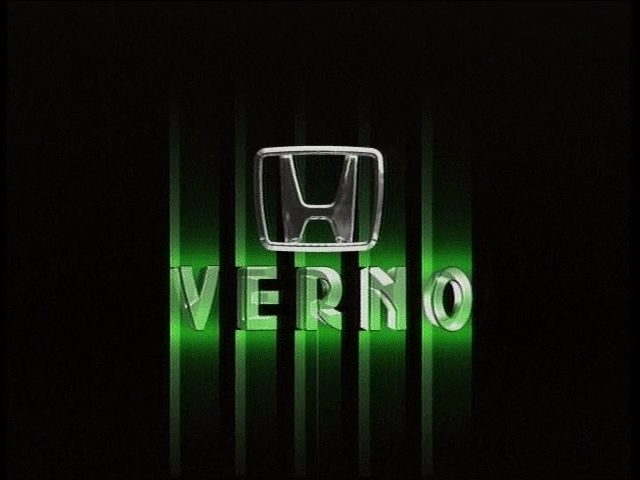
TDK "Corporate CI" CM (2.5", 1.5") (1991)
The next turning point arrived suddenly with this CI work. The storyboard drawn by the master was truly impossible. It would have been impossible to achieve without finding a way to match metaballs and polygons perfectly. After consulting with engineers, we eventually achieved it by first preparing the polygon model of the corporate logo with absolute priority, and then swapping the normals of the vertices in the transforming model with the normals of the corresponding metaballs in the 3D space. The feeling when the switch from metaballs to polygons became invisible was incredible.
TDK CI-1
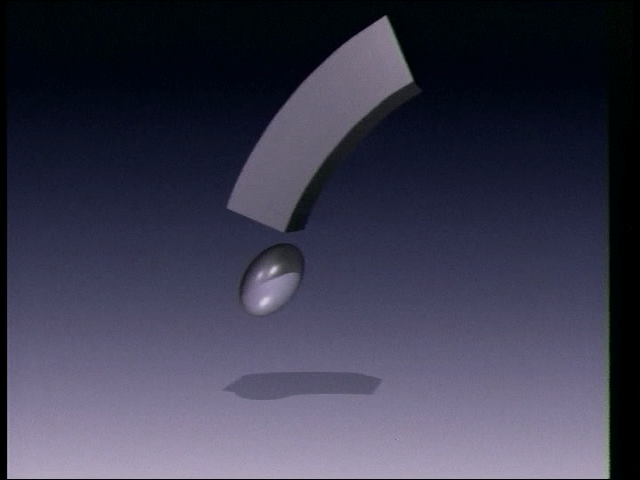
TDK CI-2
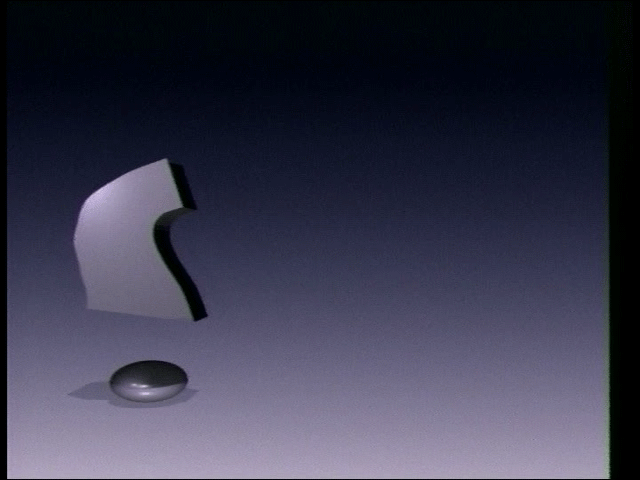
TDK CI-3
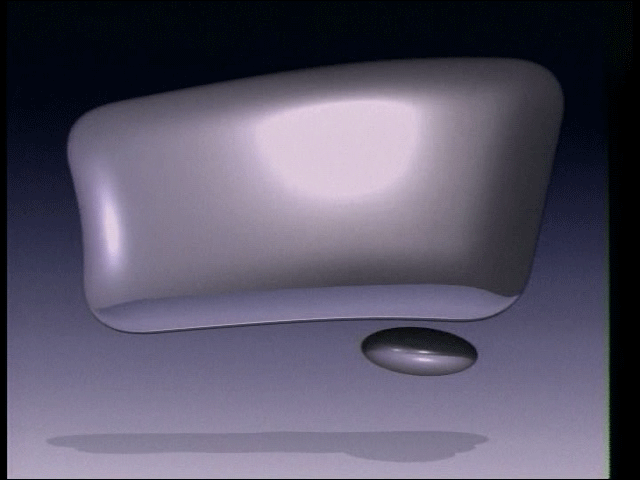
TDK CI-4
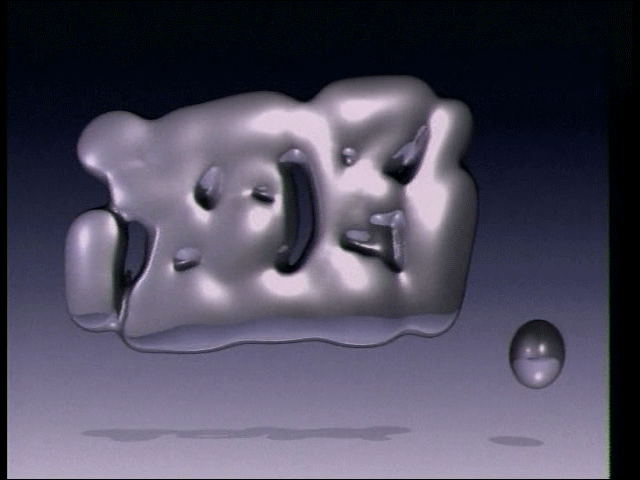
TDK CI-5
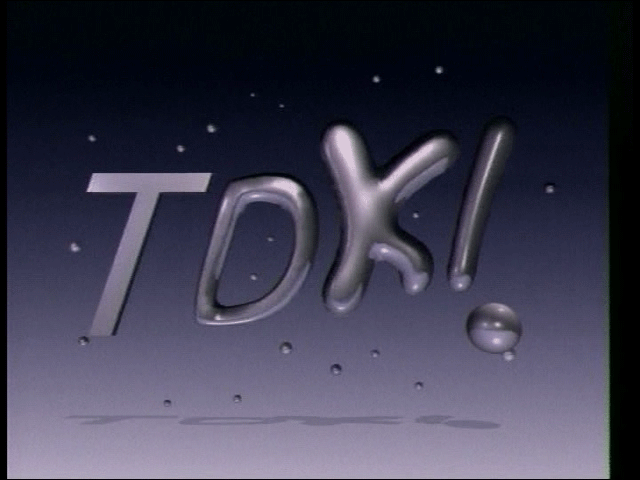
TDK CI-6
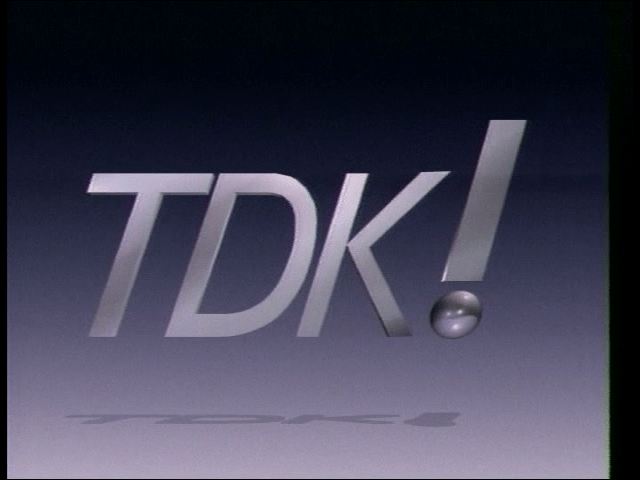
Huis Ten Bosch "Escher's Eternal Waterfall Legend" Attraction (1992)
This was the work I suddenly got involved in as the on-site director after the scheduled director resigned. Live-action compositing, dealing with film deliveries that were my weak point, the challenge of directing a TVCM spot for over 10 minutes, 3D rendering for both left and right views, and the pressure of being a director as a newcomer were overwhelming, and I was completely burned out. Despite all that, the joy of bringing Escher's mesmerizing artwork into 3D and making it move was an invaluable and irreplaceable experience. This work ended up being my graduation exam from Links Corporation.
"Escher's Eternal Waterfall - 1"
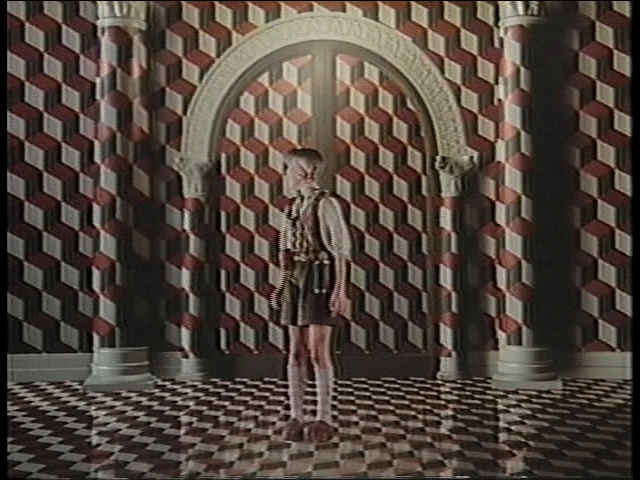
"Escher's Eternal Waterfall - 2"
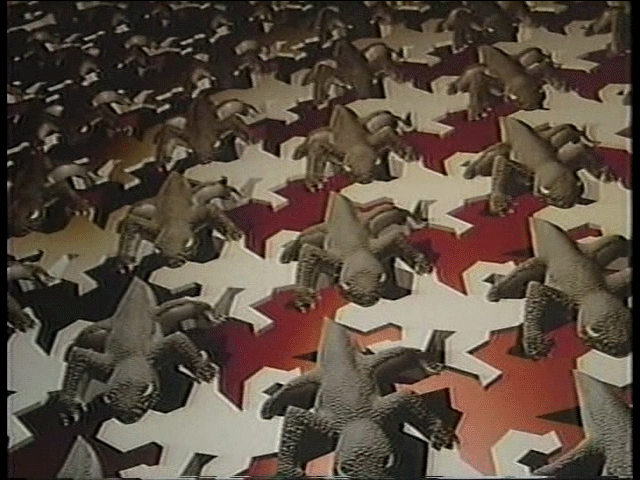
"Escher's Eternal Waterfall - 3"
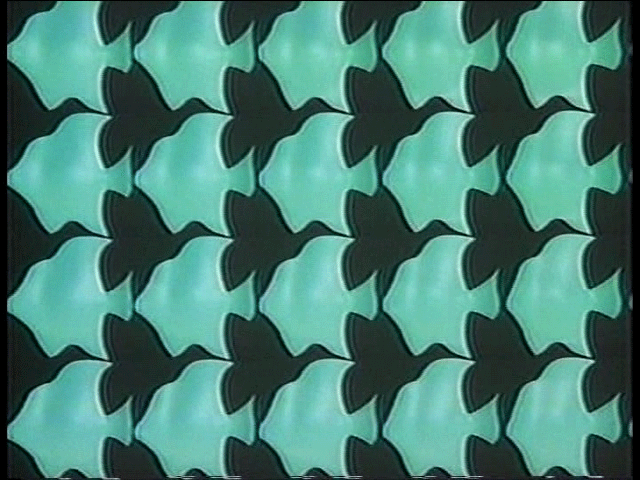
"Escher's Eternal Waterfall - 4"
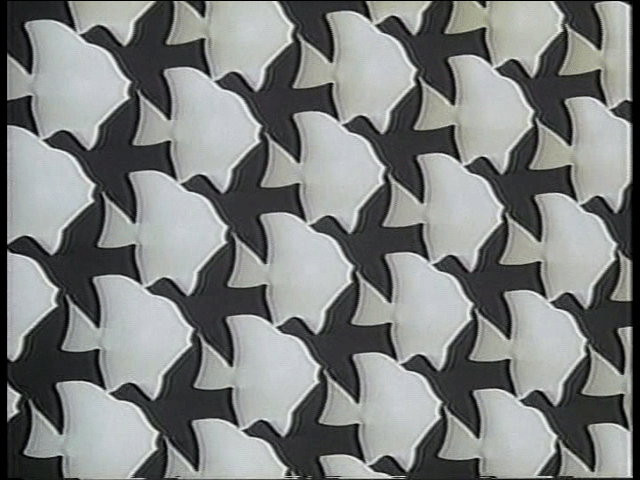
"Galaxy Espas" (South Korea) (15") TVCM (1992)
This was my first freelance work and also my last. During this production, I got involved in the launch of Sega's indoor theme park project through a business intermediary.
"Galaxy Espas"-1

"Galaxy Espas"-2
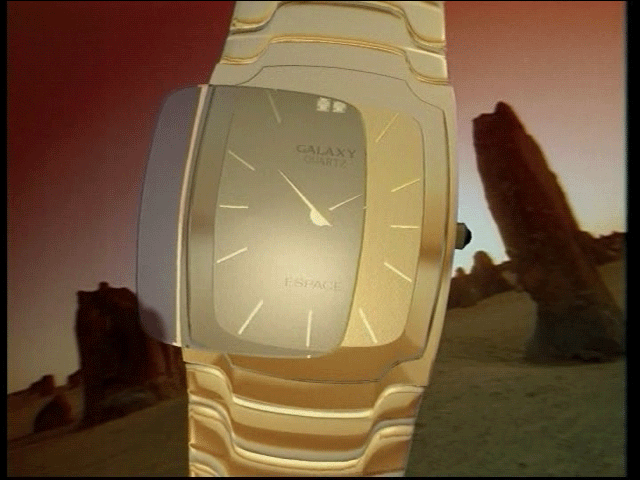
Sega Joypolis "Aqua Nova" Attraction (1996)
This marks the start of a 15-year career at Sega.
Since it was a completely new department, a team of just three people began producing attraction videos, from workstation and software procurement to creating proposals. The second production was this original work, "Aqua Nova." The concept was to explore a space colony designed for marine experiments through a motion ride. To integrate the pre-show sequence with the main story, I suggested rotating the ride itself, and Sega's hardware division actually made it happen. The audience, placed on a giant turntable designed for a multi-story parking garage at the center of the site, would rotate 180 degrees during the blackout before the main show and face a huge three-screen display.
The video production was done in LA. The local director was Art Durinsky, and the production designer was Matt Suzuki.
Sega Joypolis "Aqua Nova" (1996) - 1
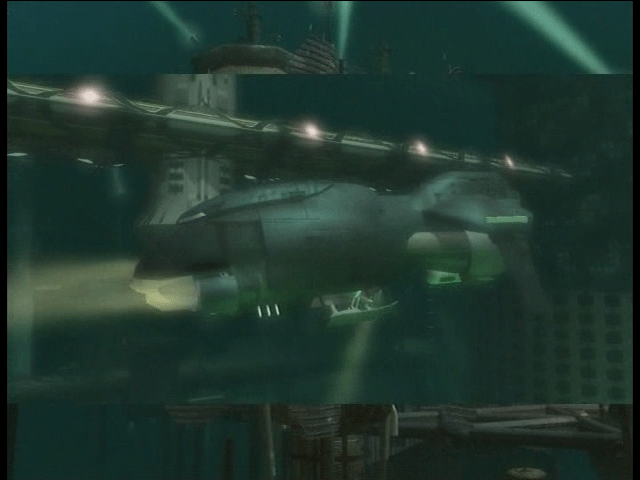
Sega Joypolis "Aqua Nova" (1996) - 2
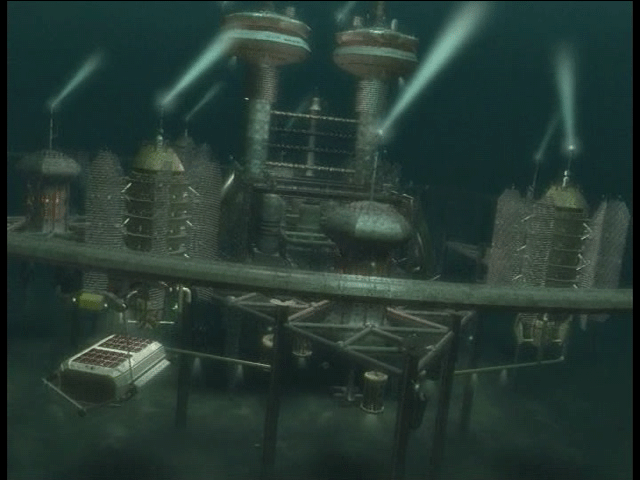
Sega Joypolis "Aqua Nova" (1996) - 3

Sega Joypolis "Aqua Nova" (1996) - 4
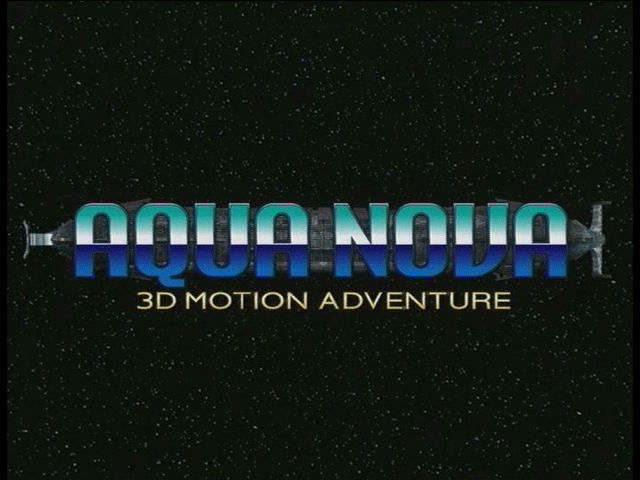
CLUB "velfarre" VJ movie (7')(1999)
During the development of Joypolis attractions, various projects were introduced. This is a video provided for the VJ of the popular club "Velfarre." It was an opportunity to create character animations, which were difficult to do with ride attractions.
CLUB "velfarre" VJ movie (1999)
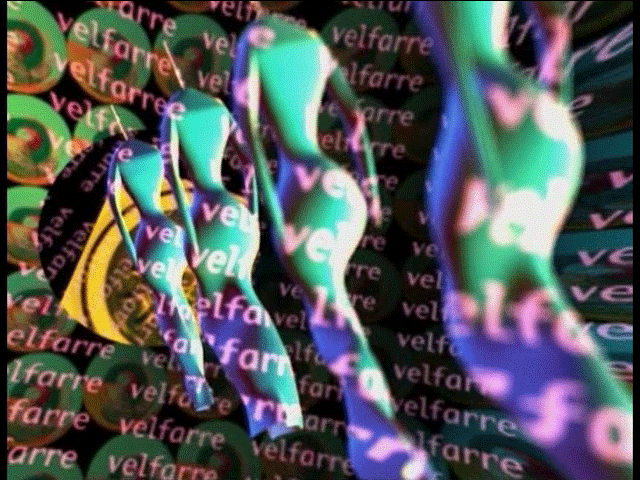
Hermes Presentation Video "Carre's Garden" (3')(1999)
This project was introduced through an unusual process. It was a presentation video for a collaboration with Hermes. The video was created for a show featuring the famous scarf motif.
Carre's Garden (1999)
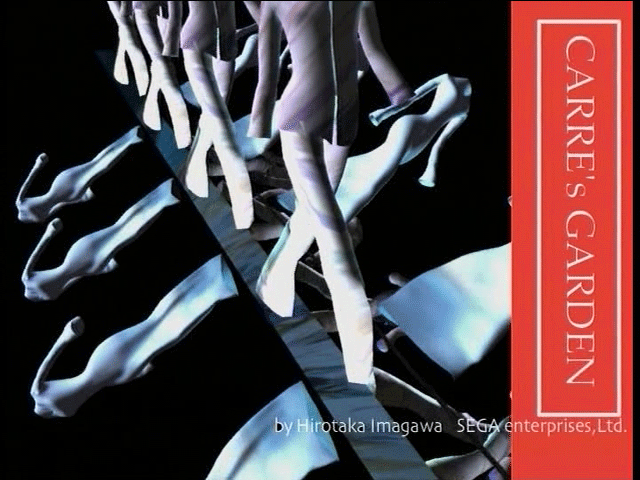
Carre's Garden (1999)

Experimental Verification Video (1996)
At Joypolis, not only attractions were produced, but also TV commercials for public announcements were created in-house.
This is a technical verification scene for a concept that we wanted to realize in the planning storyboard. It was an experiment to see if we could use motion capture for the calculation of camera position and orientation by capturing the image marking area, a method that is now common.
Experimental Verification Video (1996)
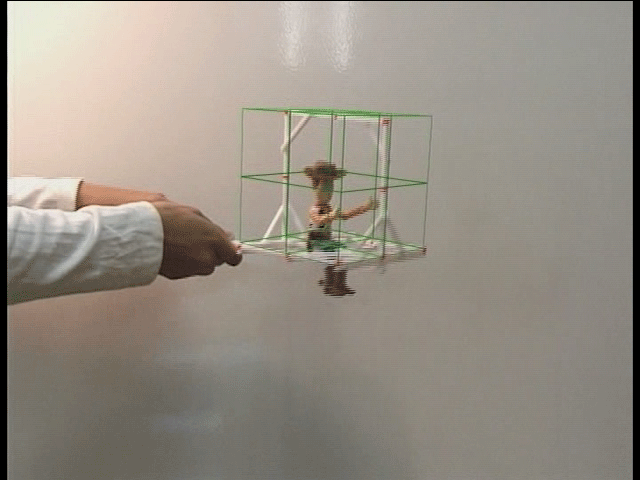
Experimental Verification Video (1996)
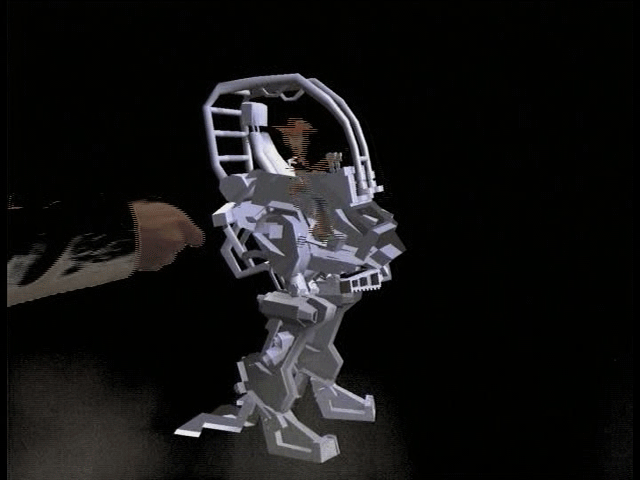
Sega Joypolis (Hakata) "Cause of Construction Delay" TVCM (1996)
This is the TV commercial for the announcement of Hakata Joypolis. The close-up dialogue from the worker in the image is, "Next, that one!"
The content of the commercial was quite rude, suggesting that the workers at the under-construction Joypolis were having too much fun, causing delays in opening. The idea was quickly approved in-house, and the live-action footage was filmed by an external company.
After the success of the above experiment, a framework was built for a battle scene in a one-man robot's motion, carrying a wooden frame with an actor on it and shaking it.
Sega Joypolis (Hakata) "Cause of Construction Delay" TVCM (1996) - 1
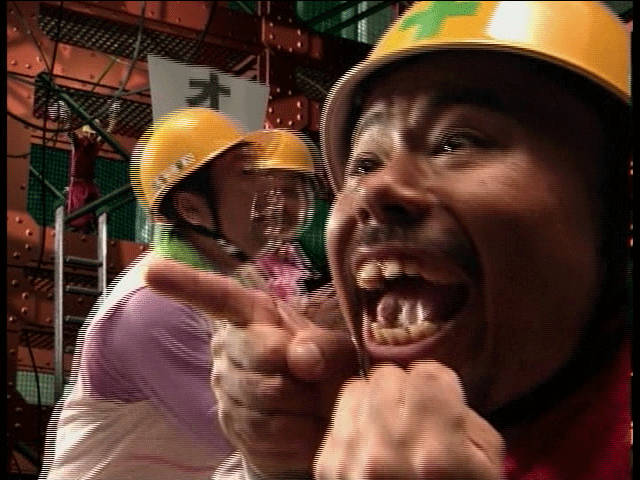
Sega Joypolis (Hakata) "Cause of Construction Delay" TVCM (1996) - 2
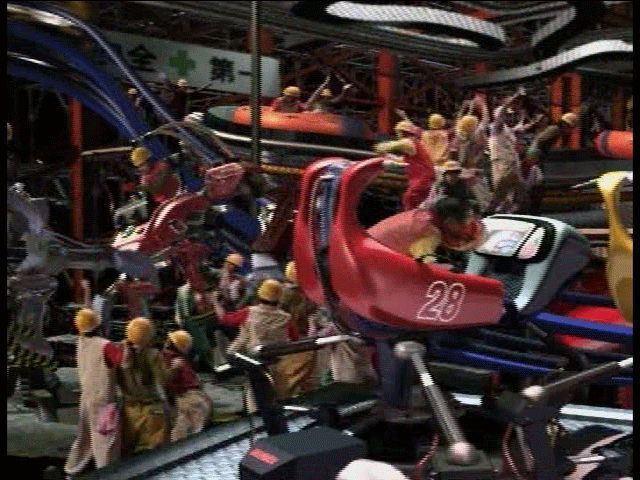
Sega Joypolis (Hakata) "Cause of Construction Delay" TVCM (1996) - 3
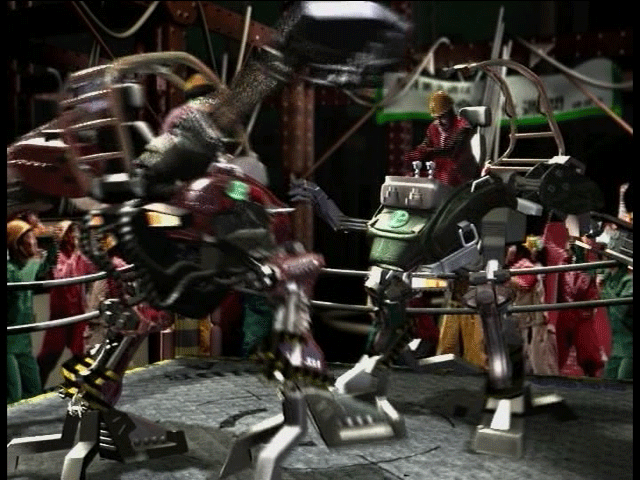
Sega NetAt (Facility Terminal GUI Screen) (2000)
A touch panel terminal for an experimental facility, with a design request for the basic browsing screen to enjoy various types of content.
The internal feedback was to simply arrange the menu in a normal way for convenience, which was completely valid.
The behind-the-scenes idea of trying to incorporate characters ended up backfiring.
Sega NetAt (Facility Terminal GUI Screen) (2000) - 1
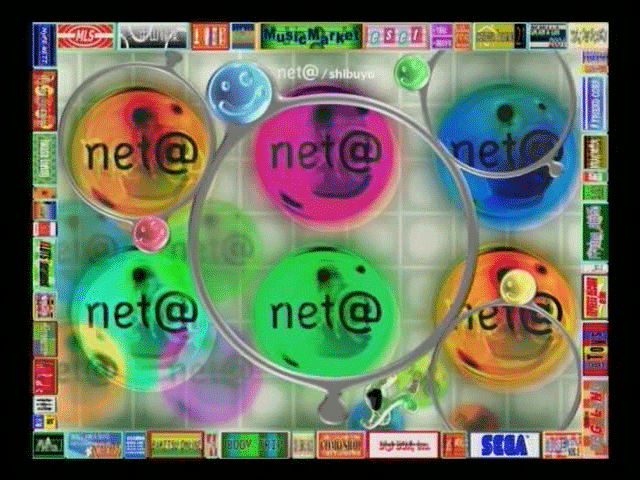
Sega NetAt (Facility Terminal GUI Screen) (2000) - 2
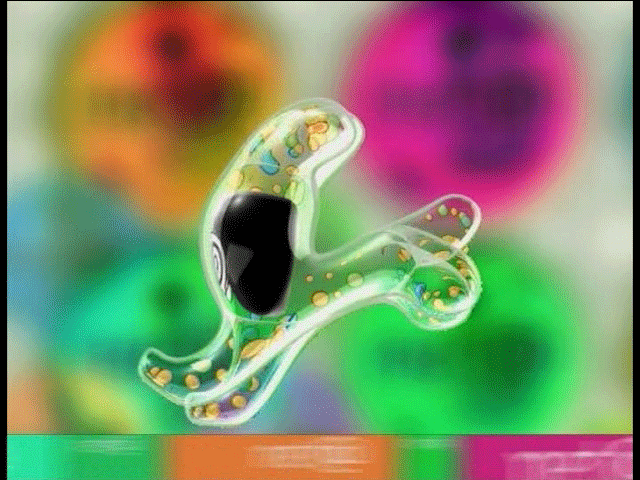
Sega Joypolis "Detective Conan: The Murder Case of Executive Director Yukawa" Attraction (1999)
Originally brought in as an attraction using 2D animation.
However, there was only a 3D CG production environment available, and no connections with the animation industry.
In an attempt to get approval, I asked the original publisher if we could make it in full 3D CG, and surprisingly, I received a positive reply from the original author. Thus, we had to proceed.
Fortunately, the original author provided detailed drawings, and after several rounds of model testing, we received approval to start production.
We used Pixar RenderMan for rendering and Sega Animanium, which was still under development, for animation.
It was around the time when subdivision surfaces were a hot topic, and I thought it would be perfect for character expression, so we introduced Pixar RenderMan, which was the only renderer that implemented it at the time. We created a converter to pipe RIB files from 3dsmax, and combined it with the velvet shader to bring Conan's 3D CG form to life.
By the way, just a side note, we were the first in Japan to use subdivision surfaces in production.
Sega Joypolis "Detective Conan: The Murder Case of Executive Director Yukawa" Attraction (1999) - 1
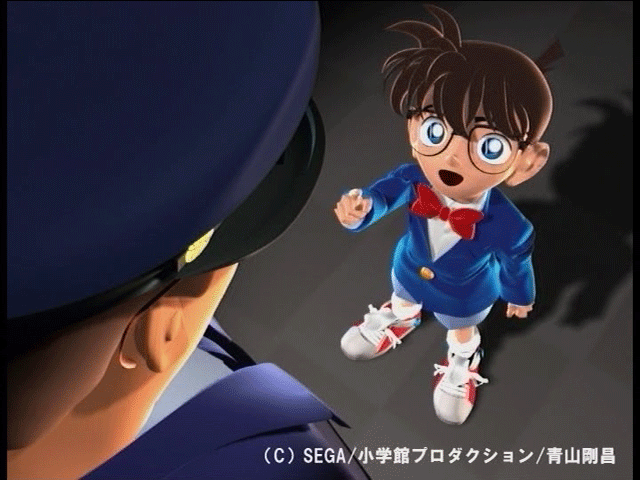
Sega Joypolis "Detective Conan: The Murder Case of Executive Director Yukawa" Attraction (1999) - 2
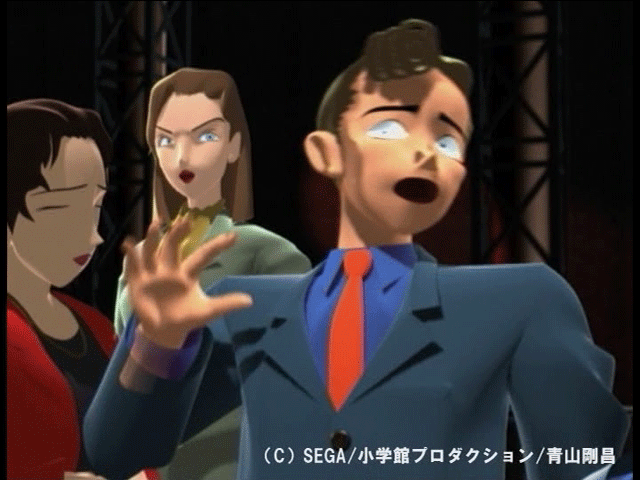
Sega Joypolis "Detective Conan: The Murder Case of Executive Director Yukawa" Attraction (1999) - 3
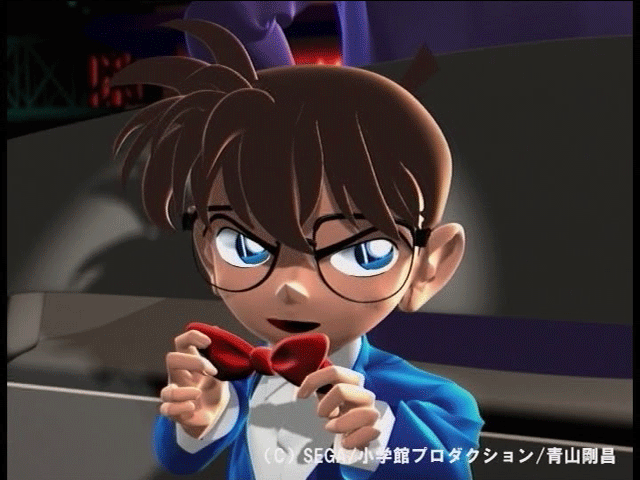
TV Anime Program "Mami Mume☆Mogacho" (All 13 episodes) (2001)
A TV anime program created using the completed Sega Animanium.
At the time, with the closure of several Joypolis locations, I thought it would be a good project to maintain a character animation team, so I proceeded with the production.
However, to sustain the organization, I ended up focusing more on producer-like activities, and I was unable to engage in the actual production work. I realized that doing things outside of my role doesn't work.
There is still a lot to be done in 3DCG. Currently, I am dedicating myself once again to hands-on work.
"Mami Mume☆Mogacho" TV Anime Program (All 13 episodes) (2001)
